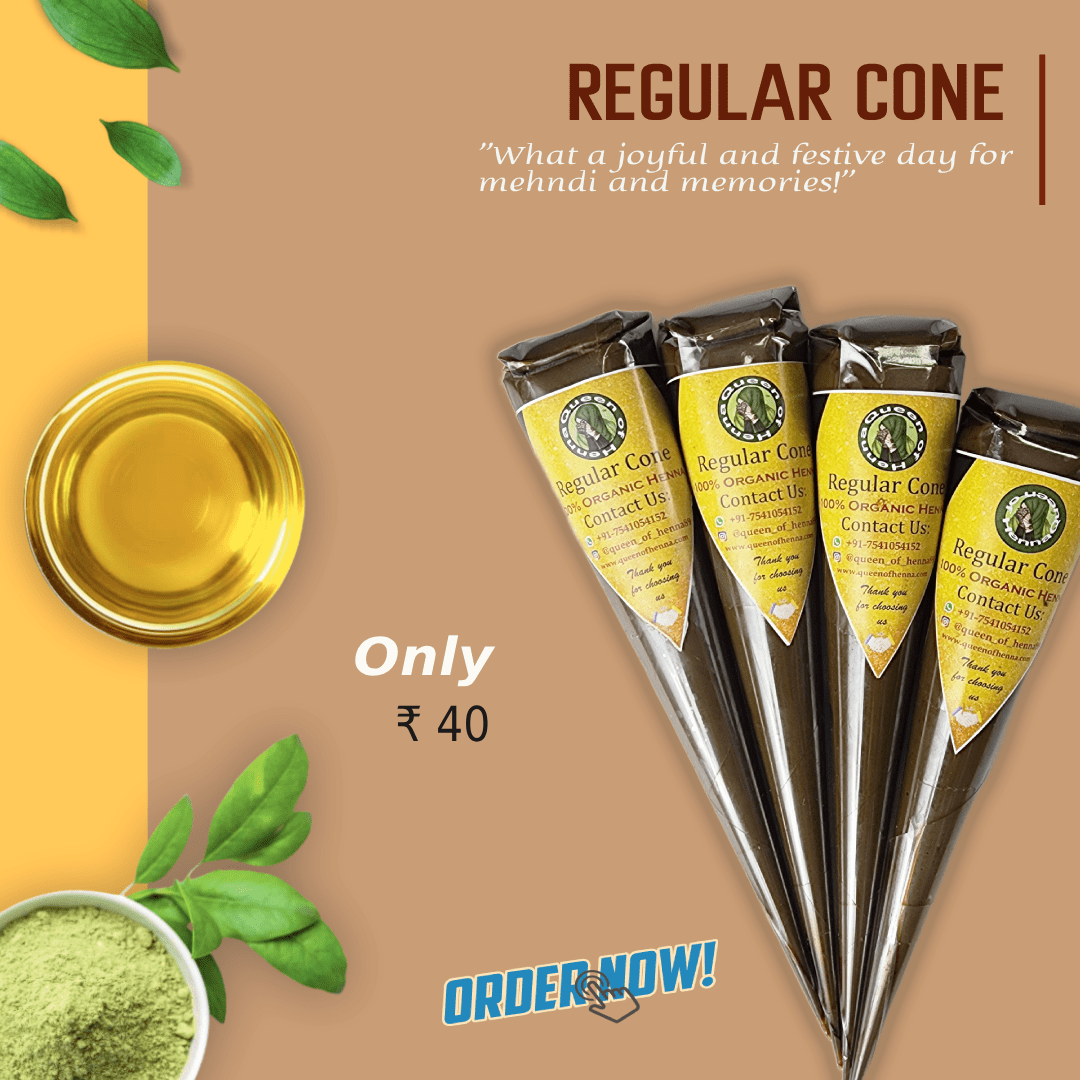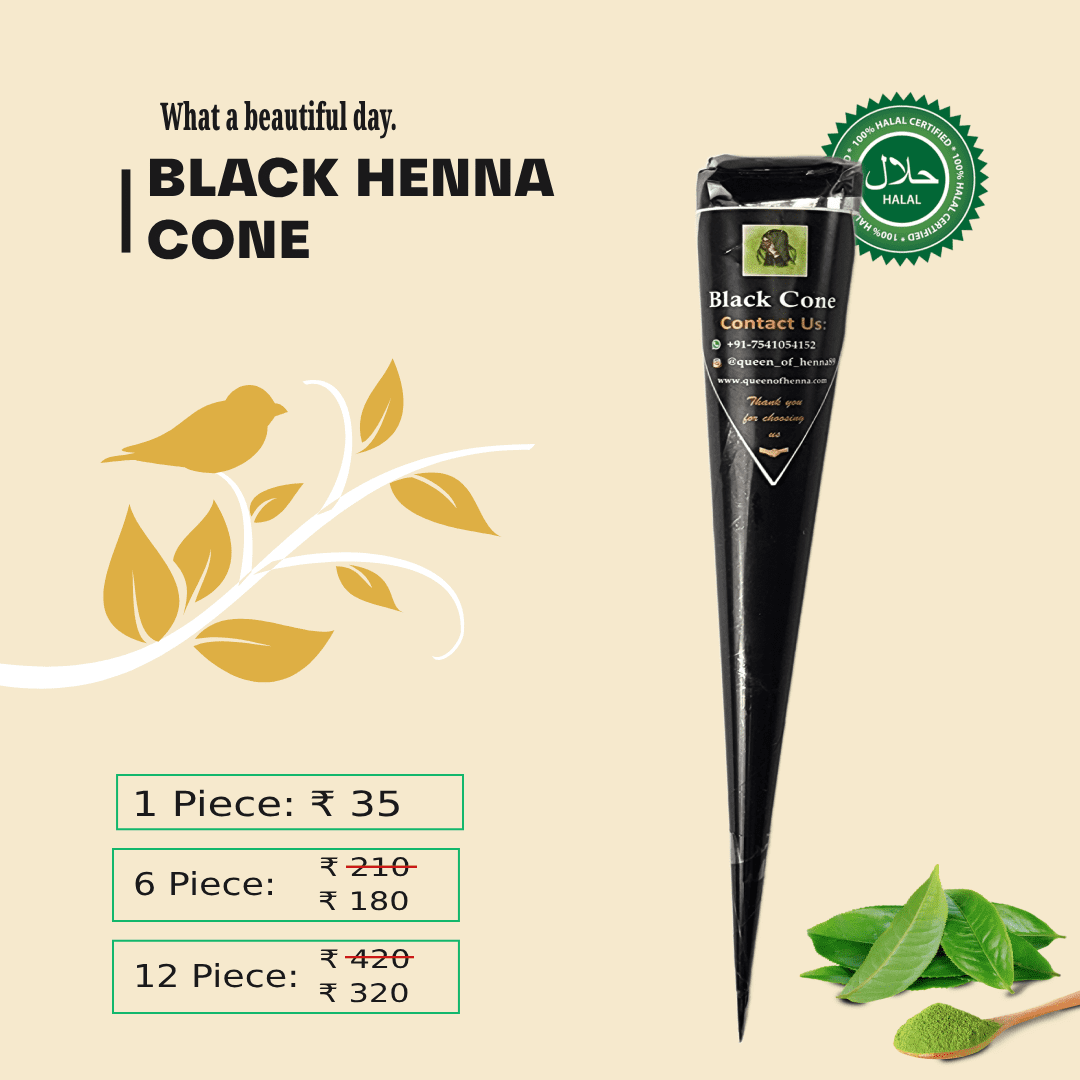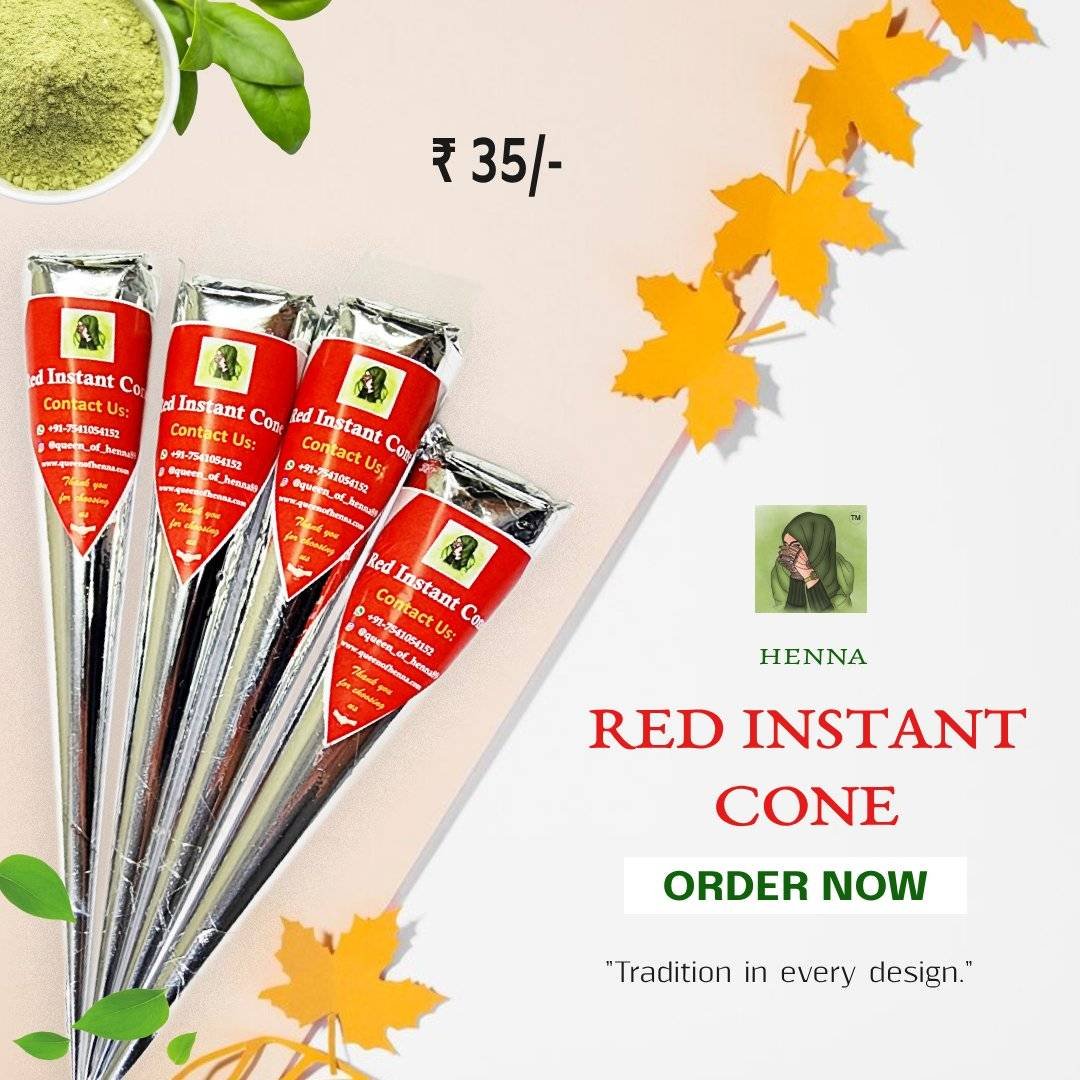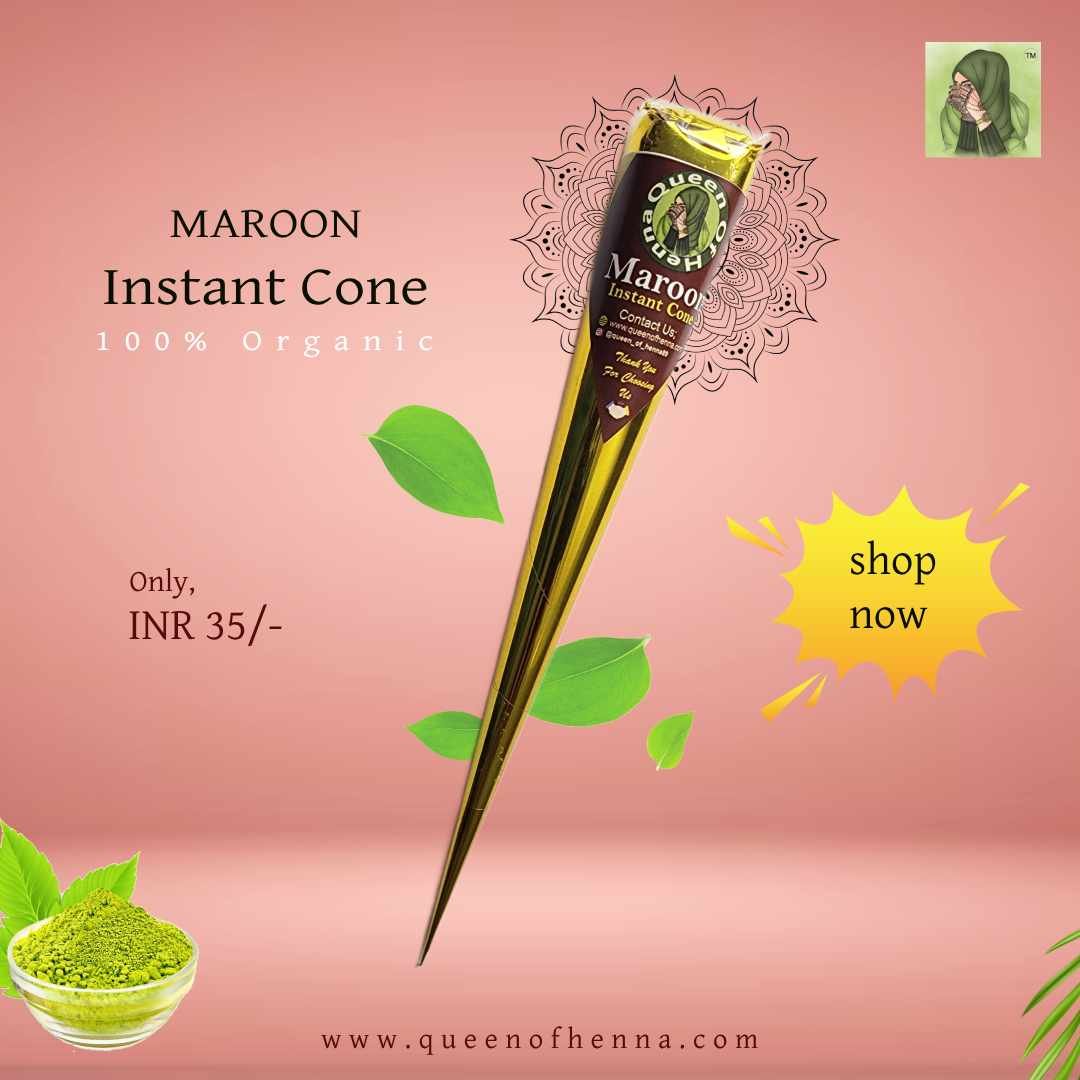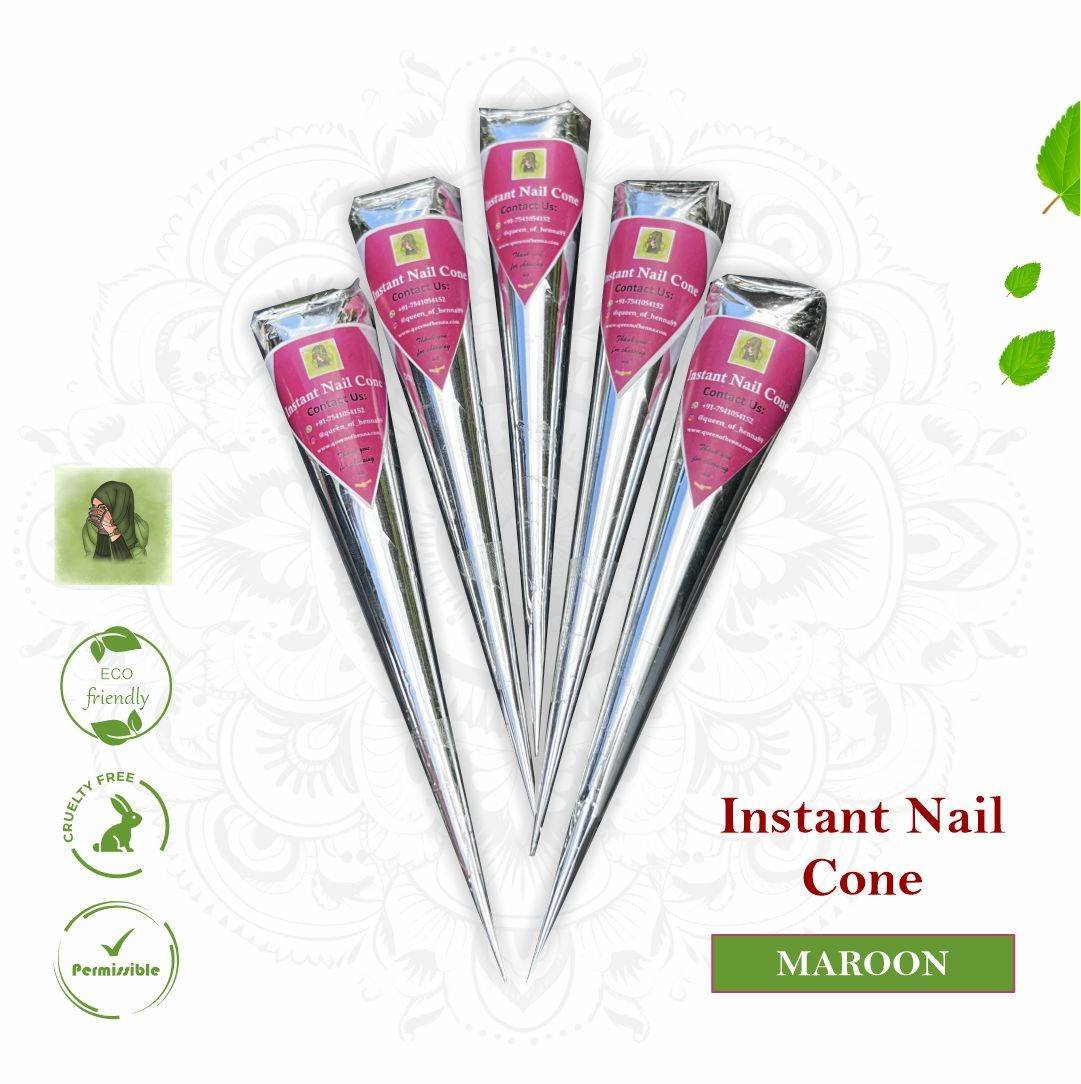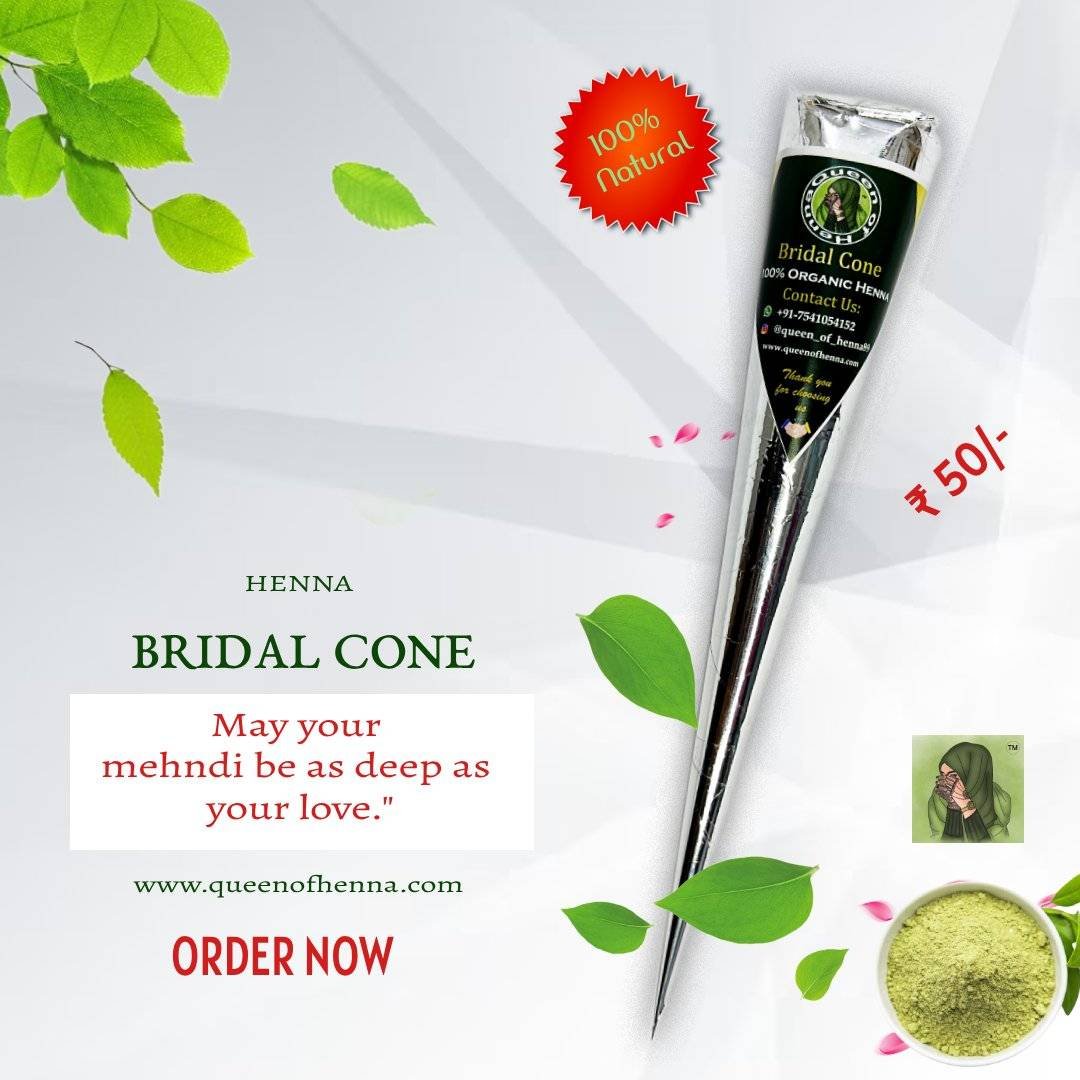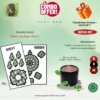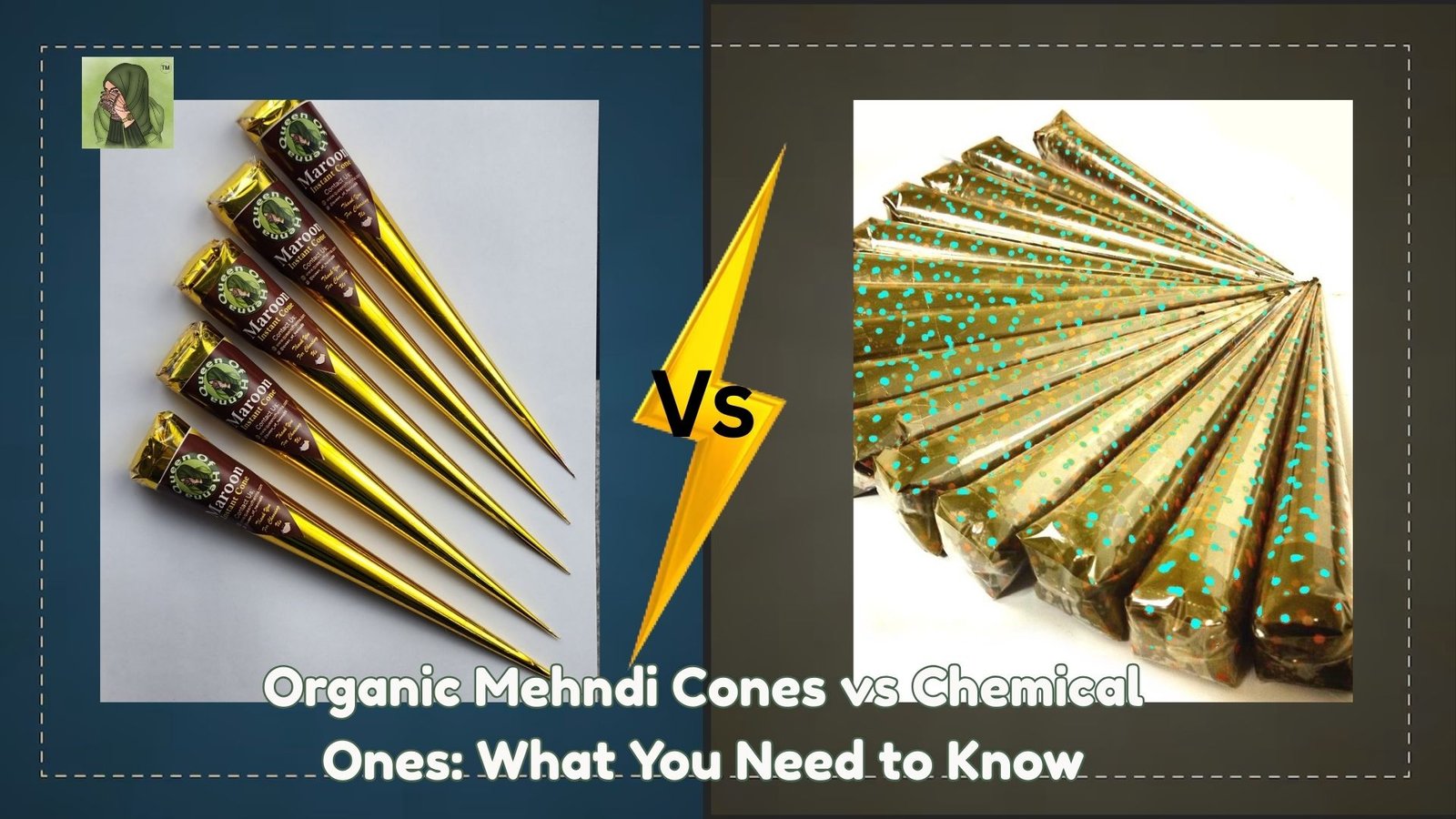
Organic Mehndi Cones vs Chemical Ones: What You Need to Know
Mehndi has been a cherished part of our traditions for centuries — from weddings to festivals, from baby showers to Eid, it has been the silent storyteller etched on our skin. The beautiful swirls and patterns don’t just add to our charm; they carry emotions, blessings, and heritage.
But in today’s market, not all mehndi cones are created equal. Walk into any shop or browse online, and you’ll find two main categories staring back at you — organic mehndi cones and chemical-based cones. Both claim to give a dark, long-lasting stain, but the path they take to get there is very different.
If you’re wondering which one to choose, let’s unwrap the truth layer by layer — so you can make a choice that’s not only beautiful but safe for your skin.
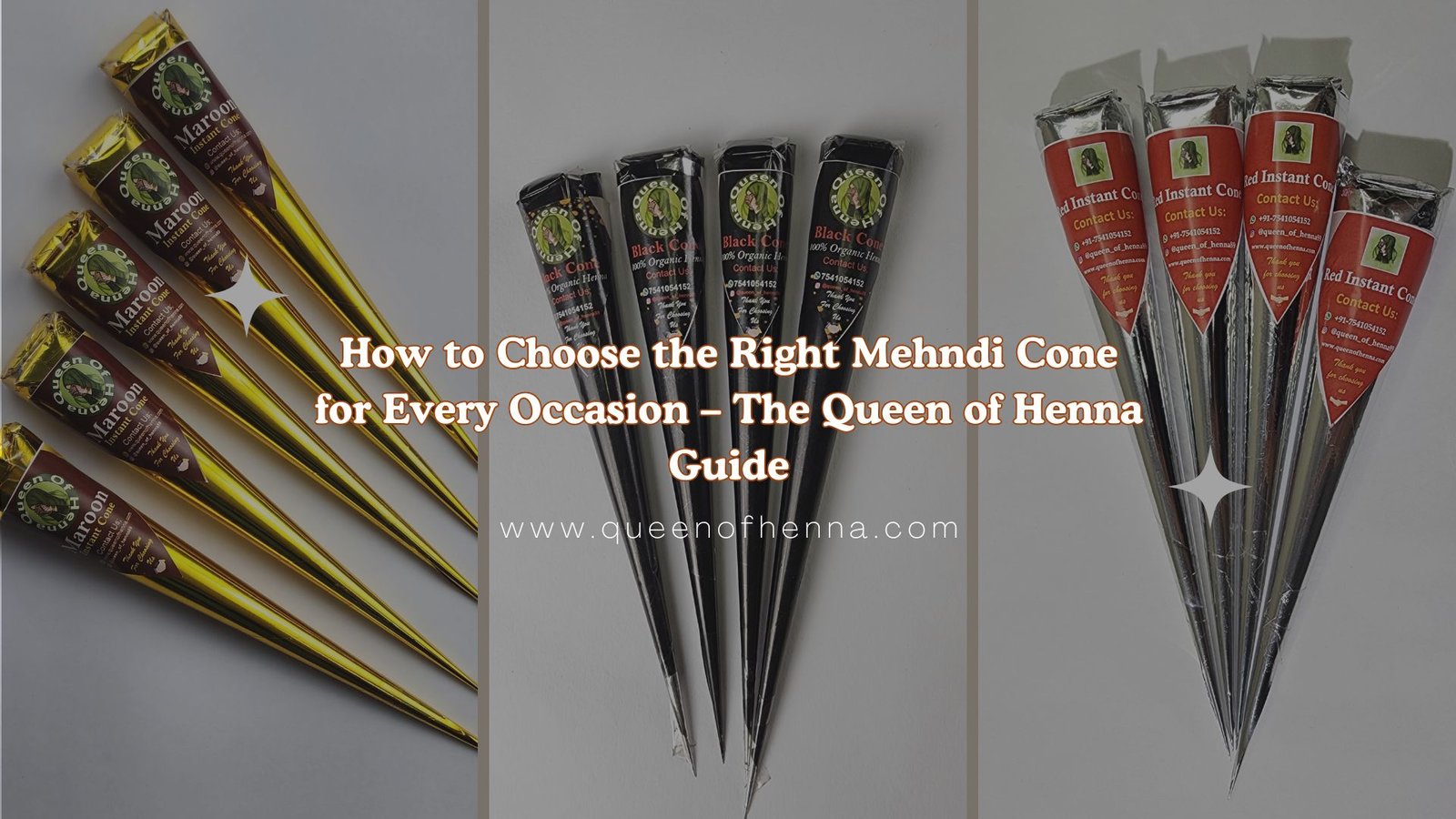
1. What Exactly Are Organic Mehndi Cones?
Organic mehndi cones are the closest thing you’ll find to the mehndi your grandmother used to make at home. They are made using pure henna leaves that are dried, ground into a fine powder, and mixed with natural ingredients like lemon juice, essential oils (like eucalyptus or lavender), and sometimes a hint of sugar to help the paste stick better.
Key features of organic mehndi cones:
Made from 100% natural henna leaves
No added dyes or preservatives
Gentle on the skin
Mild, earthy aroma instead of strong chemical smells
Needs longer application time for deep color
They may not give you an instant dark stain in 15 minutes, but they bless you with safety, tradition, and a stain that deepens naturally over time.
2. And What About Chemical Mehndi Cones?
Chemical mehndi cones are the fast-food version of henna — quick, intense, and often dangerously addictive for some users who love that instant jet-black look. These cones often contain synthetic dyes like PPD (Paraphenylenediamine) or other chemical colorants.
Key features of chemical mehndi cones:
Instant dark or black stain within an hour
Strong, synthetic fragrance (not the natural earthy smell)
Longer shelf life due to preservatives
Often cheaper and more easily available
But here’s the catch — the “quick” and “instant” factor often comes with serious skin risks like burns, blisters, allergic reactions, or long-term skin damage.
Organic Mehndi Cone
Regular Henna Cone | 100% Natural Homemade Mehndi
Black Instant Henna Cone | 100% Homemade Mehndi
Red Instant Henna Cone | 100% Homemade Mehndi Cone
Maroon Instant Henna Cone | Homemade Mehndi Cone
Homemade Maroon Henna Instant Nail Cone | Halal Mehndi Cone
Natural Bridal Henna Cone | 100% Organic Mehndi
3. The Real Difference: It’s More Than Just Color
While both types aim to decorate your hands and feet beautifully, the differences run deeper than skin-level.
| Feature | Organic Mehndi Cones | Chemical Mehndi Cones |
|---|---|---|
| Ingredients | Natural henna + essential oils | Synthetic dyes + chemicals |
| Color Development | Takes 6–12 hours to darken | Instant in 15–60 minutes |
| Safety | Skin-friendly & non-toxic | Can cause burns/allergic reactions |
| Smell | Mild, earthy scent | Strong, artificial fragrance |
| Longevity | 5–10 days (fades naturally) | May peel off unevenly or fade patchy |
| Tradition Factor | Authentic, cultural method | Modern shortcut, not traditional |
4. The Health Factor: Beauty Shouldn’t Hurt
The biggest danger in chemical cones lies in PPD. This chemical is originally used in hair dyes — and while safe for controlled hair use, it’s not safe for direct skin application. Many people who’ve used black chemical mehndi have reported:
Itching and redness
Blisters or burns
Permanent skin discoloration
Allergic reactions that worsen over time
In severe cases, skin sensitivity to hair dye or fabric dyes develops for life. That’s a heavy price to pay for a few hours of dark color.
Organic mehndi, on the other hand, might take patience — but it’s safe even for children and pregnant women (provided no allergies to essential oils).
Queen of Henna’s organic cones, on the other hand, are made to be gentle and safe even for children and pregnant women (provided there’s no allergy to essential oils). No stinging, no chemical burns — just nature’s touch.
5. Color Payoff: Patience vs. Instant Gratification
We live in a world of “I want it now!” — but when it comes to mehndi, rushing the process can be risky.
Organic mehndi starts light orange and deepens to a rich brown or reddish-brown over 24–48 hours. The stain matures beautifully and fades evenly.
Chemical mehndi can give you black or very dark brown in under an hour — but it’s like a photo filter; it’s not natural and may look harsh.
Think of it as slow-brewed chai vs. instant coffee — both give you a result, but the richness and safety of slow brewing can’t be replaced.
6. How to Spot Fake “Organic” Cones
Some brands market their cones as “herbal” or “organic” but still sneak in chemicals for darker stains. Here’s how to spot the difference:
- Check the smell – real henna smells earthy, not like ammonia or perfume
- Look at the packaging – if it promises “instant black color,” stay away
- Do a patch test – apply a small amount on your inner arm; wait 12 hours for any reaction
- Read the ingredients list – avoid anything with PPD or unknown chemical names
7. Why Organic Mehndi Wins in the Long Run
Yes, organic mehndi may demand more patience, but here’s what it gives you in return:
Safe skin — no burns, no long-term damage
Tradition — the same process used for centuries
Natural beauty — a deep, rich stain that fades gracefully
Peace of mind — perfect for kids, brides, and sensitive skin
It’s not just about mehndi — it’s about celebrating beauty the way our ancestors did: with nature, not against it.
8. Tips for the Best Organic Mehndi Stain
If you choose organic (which I highly recommend), follow these tips for the darkest possible color:
Wash hands before application – no lotion or oils
Leave mehndi on for 6–8 hours – overnight is best
Keep it warm – heat helps release dye faster
Seal with lemon-sugar mixture – prevents cracks and deepens stain
Avoid water for the first 12 hours after removal
9. The Bottom Line
If you want instant color for a short event and are willing to risk your skin, chemical mehndi may tempt you — but it’s like choosing fast fashion over quality tailoring. You might regret it later.
If you care about your skin’s health, cultural authenticity, and long-lasting beauty, organic mehndi cones are the clear winner. They honor tradition, keep your skin safe, and give you a stain that matures beautifully — just like good memories.
So next time you hold a mehndi cone, ask yourself:
Do I want beauty for a moment or beauty that’s safe for a lifetime?
Your hands deserve more than a temporary glow — they deserve care, tradition, and safety. And that’s exactly what Queen of Henna delivers.
Frequently Ask Question
Organic mehndi works through a natural dye release process from henna leaves. It takes 6–12 hours for the stain to oxidize and deepen. Queen of Henna cones are chemical-free, so the color develops gradually, resulting in a rich, long-lasting shade without harming your skin.
Yes — but it requires patience and proper aftercare. While chemical cones use artificial dyes for instant results, Queen of Henna uses natural henna and essential oils to give a deep, reddish-brown stain that naturally matures over 24–48 hours. The final color is safer, more authentic, and fades beautifully.
Check the scent — real henna has an earthy smell, unlike chemical cones which smell synthetic or pungent. Read the ingredients list and avoid anything with PPD or “instant black” claims. Queen of Henna lists every natural ingredient openly, so you know exactly what’s touching your skin.
Yes, Queen of Henna organic cones are free from harsh chemicals, making them generally safe for children and expecting mothers. However, it’s always wise to do a patch test first to ensure no individual sensitivity to essential oils like eucalyptus or clove.
Cheaper chemical cones might give you quick color, but they can also cause burns, itching, or long-term skin damage. Queen of Henna offers a safe, skin-friendly, and traditional mehndi experience — giving you the beauty you want without the risks you don’t.



